Cats can bring so much joy into our lives. They are our emotional support, our trusty companions, and our go-to snuggle buddies. Cats rely on us to provide them with the best possible care and ensure that they live a long, healthy life. We can do this by meeting both their physical and mental needs. Keep reading to learn 10 ways to keep your cat happy and healthy!
1. Provide Regular Dental Care

Similar to dogs, cats also need dental care. However, providing dental care for cats can be challenging, as many of them are quite finicky about anything in their mouths, as cat owners know well. First things first, it’s advisable to have their teeth looked at at your next vet appointment because while you can check, the vet is more equipped and experienced to notice more subtle issues that need to be addressed. Your veterinarian may suggest a tooth extraction to prevent the development of gum disease, which can potentially lead to bloodstream infections. If this is the case, you can expect your veterinarian to run x-rays and blood work before the extraction as this is done under anesthesia. The simple procedure is done fairly quickly and you’ll be taking your cat home the same day with pain medication and antibiotics.
At-home dental care is essential for preserving your cat’s teeth in the long run. But how if you can’t use a toothbrush? One option is using HICC Pet Cat Dental Finger Wipes, a first-of-its-kind dental wipe made of natural ingredients. These wipes provide easy access to your cat's small mouth without the irritation of bristles, leading to a better overall experience. leading to a better overall experience. If inserting your finger into your cat's mouth remains unfeasible, another alternative is the use of HICC Pet Pet Oral Care Spray. The spray is composed of Hypochlorous Acid and deionized water to help combat plaque and prevent bad breath, reduce gum irritation, and relieve mouth ulcers to help keep a healthy cat.
2. Feed a Balanced Diet
We all feel “icky” when we don’t eat right. We, as humans, often monitor our diets, paying attention to calories and ingredients in our foods. Shouldn’t our cats get the same level of care? Providing a healthy, well-balanced diet for your cat is crucial for their overall well-being and keeping your cat healthy in the long run. When choosing which food to feed your cat, the first thing to consider is the importance of incorporating wet food into their diet as cats primarily get their hydration from wet food. Wet food, on average, provides 70-80% of hydration while dry food only provides 10-15%.
But, not all food is the same. It’s essential to learn how to read a label and pick food based on your cat’s needs, lifestyle, and health as well as taking into account they are obligate carnivores. our cat's daily diet should aim to replicate what they might eat in the wild, with prey typically consisting of high protein, moderate fat, and minimal carbohydrates. But what exactly should you look for? It is recommended that adult cats should be fed a diet that consists of a minimum of 26% protein with senior cats needing close to 50%. The Association of American Feed Control Officials (AAFCO), which regulates pet food production, mandates that cat foods have a minimum protein level of 26%. Now, carbohydrates provide energy and who doesn’t like carbs? But even then, we still limit carbs which should also be limited for cats and it’s best to have a food that is as low as possible in carbohydrates. The last energy source to look out for is the amount of fat. Cats need, on average, 20 to 24% to keep them healthy.
Next, let's examine the ingredient list. Ingredients are listed in descending order of weight, so the primary protein source should ideally be the first ingredient. Some cat foods may place their main protein source lower in the ingredient list, so be cautious of this. In wet food, protein is generally higher on the list due to its higher moisture content. According to Cornell’s College of Veterinary Medicine, prioritize cat foods that feature meat, meat byproducts, or seafood as the main ingredients, as these provide the essential amino acids and fatty acids your cat needs.
Cats also require specific vitamins in their diet. Look for cat food that contains Vitamin A, amino acids, B vitamins, and Vitamin C (ascorbic acid), which should all be listed in the ingredients.
If you decide to consult your veterinarian about your cat's diet, keep in mind that standard veterinarians are not board-certified nutritionists.
To learn more about cat food, you can visit The Association of American Feed Control Officials (AAFCO), an independent organization that provides guidance to state, federal, and international feed regulators.
3. Make Time for Play Time

Cat playtime offers numerous benefits beyond just being enjoyable. It is essential for your cat's physical and mental well-being, allowing them to follow their natural hunting instincts, much like their larger feline relatives. Despite cats appearing lazy with their 16 hours of daily sleep, they often require stimulation during their wakeful hours, which is especially crucial for indoor cats, as they don't accumulate as many steps as their outdoor counterparts. So, what exactly are these benefits?
- With 55% of cats in America being overweight or obese, playtime emerges as one of the most effective ways to maintain their health and fitness. Increased playtime can often result in reduced eating due to boredom (a behavior we all can relate to).
- One-on-one playtime is vital for strengthening the bond between you and your feline friend. Even if your cat isn't the type to curl up in your lap and snuggle, playtime provides an excellent opportunity to connect and interact. It's also a crucial activity for fostering stronger bonds among cats in the same household.
- Structured playtime can address various behavior issues your cat may exhibit, such as scratching furniture or knocking items off counters. Playtime can potentially reduce such unwanted behaviors.
- If you've recently adopted a new cat, moved to a new home, or introduced a new feline member to your household, playtime becomes an essential stress-relief mechanism. Even minor changes, like relocating their litter box, can distress them. Scheduled playtime can also establish a routine that your cat looks forward to and helps them adjust.
It is recommended by veterinarians that you play with your cat two to three times a day in 15-20 minute bursts. Another important aspect of playtime to pay attention to is the type of toys you use and what your cat prefers. Interactive toys such as Wand toys are a fantastic way for your cat to hone their natural hunting skills while enjoying playtime with you. By alternating between slow and fast motions, you allow them to mimic the hunting behaviors they would exhibit in the wild, including crouching low, stalking prey, and pouncing. Don't forget to let them 'win' occasionally and even reward them with a treat. For additional mental stimulation, particularly when your cat is home alone, a puzzle toy can keep your cat’s mind active as they work to access their treats. Does your cat need some motivation? Catnip is an incredible resource for activating the “happy” receptors in your cat’s brain and getting them hyped up! You’re not just keeping your cat happy but you’re helping increase their overall health as well.
4. Regularly Scheduled Vet Checks
Those who know cats well know that they can hide their pain extremely well until it's at the point of being unbearable with the potential of the issue to have progressed so far that it may be extremely challenging, expensive, or even impossible. Regular veterinarian exams can catch these conditions just in the nick of time.
Many people believe that scheduled exams are unnecessary for indoor cats, assuming they are immune to health issues because they aren't exposed to the outside world. However, these exams are vital. During these appointments, veterinarians examine the skin, eyes, ears, mouth, heart, lungs, abdomen, muscles, joints, and bones. They can also detect changes between visits, such as weight fluctuations because, contrary to popular belief, overweight cats aren't "cute" – they're obese, and obesity can lead to various health problems and a shorter lifespan.
5. Keep Up Grooming

Yes, cats groom themselves…to an extent. Cats are usually the ones to groom themselves and keep themselves clean as they are naturally fastidious creatures. Don't take offense if they immediately start cleaning the spot you just petted. However, there are certain situations where cats may need a little assistance, and certain events may require your intervention. Consistent brushing can help prevent fur balls from littering your living room, remove dead hair, and promote your cat’s well-being. (I can attest to this, as I have a white, long-haired cat). Long-haired cats should be brushed initially with an undercoat rake or comb brush to reach down to the skin, followed by a slicker brush. This not only reduces shedding but also provides an excellent opportunity to check for fleas and flea dirt hidden in their dense fur.
When it comes to actual cleaning, some cats, such as seniors and overweight cats, need some extra assistance. Grooming wipes are a fantastic way to help remove odor, relieve skin irritation and hotspots, clean dirt and germs, and moisturize dry skin.
6. The Litter Box is More Important Than You Think
The importance of your cat’s litter box is more significant than you may think. Everything from the number of boxes, type of litter, types of litter boxes, location, and cleanliness are all factors that either encourage your cat to use the litter box or decide to relieve themselves elsewhere (and that smell does NOT come out easily).
Firstly, the general guideline is to have one litter box per cat plus an additional one. However, in smaller spaces, this may not always be feasible, and some cats may not even mind. In such cases, it becomes even more crucial to stay diligent in cleaning the box daily or even multiple times a day. After all, none of us would enjoy standing in our waste, right? Furthermore, some cats are extremely selective and refuse to use a dirty box. In situations like these, an automatic litter box can be incredibly convenient. They come in various types and price ranges, from the high-end Litter Robot with a hefty price tag to the more budget-friendly PetSafe Self Cleaning Litter Box. Keep in mind that not all cats will take to an automatic litter box and may avoid them altogether due to the noise and movement they make.
Next, the type of litter box you have should take into account your cat’s preference and size. For example, some cats like a covered box, and some despise it. Some cats may need high-walled boxes, some may be a bit cleaner. Cats can also take shape and depth into account. There are numerous types of litter boxes including top entry, front entry, un-covered, etc. but they also aren’t all made equally. This may often result in testing numerous boxes with your cats. As for size, you wouldn’t like to go potty in a cramped space so why would your cat? They should have ample space to move freely and dig without stepping out of the box. Typically, an appropriate litter box should have a length equivalent to your cat's full body, from the tip of their nose to the end of their tail when extended, while its width should match your cat's length when their tail is not extended. Now once you pick a box, put it in a quiet, private area AWAY from food and water.
Another significant factor to consider is the type of litter you use. Typical types are clay, wood shavings, crystals, and pine pellets. Certain litters, like clay litters, produce a cloud of dust that can create respiratory problems not to mention they can be quite messy and may not always effectively mask odors. Speaking of odors, while you want a litter that helps control the scent, scented varieties may deter your cat from using the box. The choice between clumping and non-clumping litter is also a personal preference for the pet owner. We have found that OKO Natural Wood Litter is a fantastic option due to the ability to effectively neutralize odors, clumping capabilities, gentle texture on your cat's paws, and reduced tracking.
7. Provide Scratching Posts

If you have a cat, scratching posts are non-negotiable pieces of furniture in your home. There are multiple benefits to cats being able to scratch healthily:
- The first benefit relates to grooming, as scratching helps remove the outer layer from your cat's nails. If you don't have one, check out a friend's scratching post and count how many nail sheddings are around it.
- Cats need the ability to stretch out when necessary. When cats use a scratching post, they extend their entire bodies by extending their front legs while pulling down and backward. This activity actually releases "feel-good" hormones for cats and releases a scent from their paws to mark their territory, ensuring a happy cat.
- While it may not be 100% effective depending on the training that goes into it, a scratching post can save your furniture. When cats lack an acceptable way to stretch out and scratch, they may turn to your furniture, and no one likes having their couch get a makeover by kitty claws.
Worried that a scratching post will clash with your home's style? There are numerous options available, from minimalist designs to ones that resemble flowers, cacti, and more! There is something for everyone.
8. Spay or Neuter Your Cats
To begin, one of the most obvious reasons to spay and neuter your cats is to prevent contributing to the overpopulation of street cats. While your cats may primarily stay indoors, accidents can happen, leading to unexpected litters of kittens. Apart from this, there are additional behavioral and health benefits associated with fixing your cats. By spaying or neutering them, you are taking steps to ensure your cat's overall happiness and well-being.
Unaltered cats can exhibit a range of behavioral issues. Male cats, in particular, have a troublesome tendency to "spray," a territorial marking behavior that leaves a difficult-to-remove odor, often attracting other male cats to mark the same spot. This behavior can result in territorial disputes and fights, both over territory and females. Intact males may also attempt to escape and go to great lengths to find mates for breeding. Unaltered females go through heat cycles that can be extremely distressing for them, as well as for nearby male cats, particularly unaltered ones. Spaying or neutering your cats can help alleviate these various stressors, potentially leading to calmer and better-behaved pets.
Spaying a female cat, especially before her first heat cycle, helps reduce the risk of various health conditions, including uterine cancers, breast cancer, and uterine infections. Neutering male cats decreases the likelihood of developing prostate issues and entirely eliminates the risk of testicular cancer.
Spaying and neutering are generally low-risk surgeries, although they differ in nature. In the case of female cats, the procedure involves removing the fallopian tubes, uterus, and ovaries, which is more invasive than the neutering process for male cats. An alternative method involves removing only the ovaries while leaving the uterus intact, although this is less common. In male neutering, an incision is made to remove the testicles. Both surgeries are relatively straightforward with simple healing processes. However, it's essential to remember that there are always associated risks with any surgical procedure.
9. Give Them Your Attention

Cats yearn for attention and affection, even though they are often seen as independent creatures. This need for attention is sometimes underestimated, as cats require more of it than one might typically assume. Similar to the benefits of playtime, spending one-on-one time with your cat every day can significantly strengthen the bond between you both.
It's important to recognize that all cats are unique, and their levels of independence or co-dependency can vary greatly. Some cats are content being alone for most of the day, while others insist on being in your lap while you work from home. Cats often communicate their desire for attention, but there are times when you may need to initiate it by, for example, asking if they'd like to be petted. Additionally, these preferences can change with age. Adult cats tend to be more independent, while kittens require a considerable amount of attention during their growth stages. Senior cats also often benefit from increased attention and care.
10. Provide Healthy Treats
The majority of cats absolutely adore their favorite treats, but it's essential to recognize that not all treats are created equal. Often, we come across treats loaded with fillers, dyes, and carbs, which are heavily advertised, usually cheaper, and conveniently displayed right at eye level in stores. The eye-catching, colorful packaging doesn't help matters either. Given that cats are carnivorous creatures, they naturally prefer meat-based treats. Moreover, treats don't have to be mere indulgences; by choosing the right ones, you can also benefit their health. However, with the overwhelming variety of treats available, how do you decide which ones to get?
One of the key criteria for selecting cat treats involves avoiding those with artificial coloring, added salt, or preservatives. But it doesn't end there. Many cat treats are excessively high in carbohydrates to achieve the crunchy texture that cats enjoy. While you don't need to completely avoid such treats, it's crucial to provide them in moderation. Just as with cat food, the first ingredient should ideally be meat. Even better, opt for treats with recognizable ingredients, including beneficial elements like omega-3s. Additionally, consider avoiding treats like raw treats, jerky treats, and those with high-fat content.
When searching for treats, one of the simplest and safest approaches is to go for single-ingredient treats. You can hardly go wrong with these. A piece of advice: some products marketed for cats come with a higher price tag than the exact same product marketed for dogs. When purchasing single-ingredient treats, brands often offer both cat and dog options. In such cases, choosing the dog option can save you money. For instance, I’ve bought dehydrated chicken hearts for cats in the past from one brand, only to discover that the same product was available for dogs at a lower cost when I learned about the "cat tax." Excellent choices for dehydrated or freeze-dried treats include chicken hearts as mentioned above, various fish (minnows, etc.), livers, frog legs, and so much more. These will please their little carnivorous hearts so much!
Conclusion
While our feline friends may come across as independent creatures that can fend for themselves, they are much more difficult to care for than the stereotypical behavior of a cat. After all, there’s a reason it’s said that we are just our cats’ servants. From maintaining preventative health care to ensuring bonding time and playtime, our cats rely on us to keep them happy and healthy throughout their lives.
Please note that the information provided in this article is for educational and informational purposes only. We are not veterinarians, and the content shared here should not be considered professional veterinary advice.
If you have any questions regarding copyrights or the use of materials in this article, please contact us for clarification.
8 comments
moderated-
555
-
555
-
555
-
555
-
555
-
555
-
555
-
555

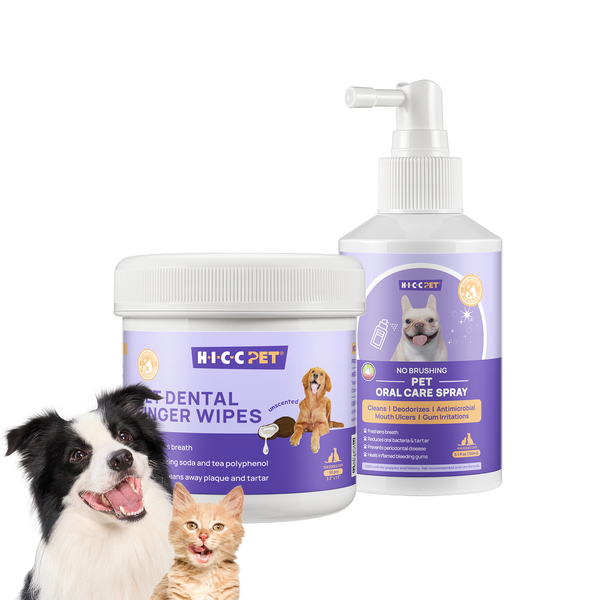

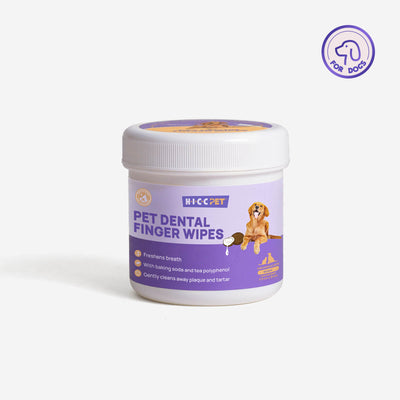
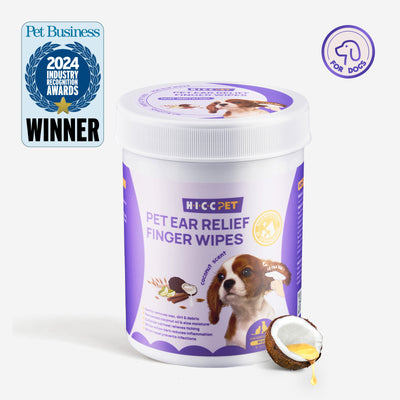
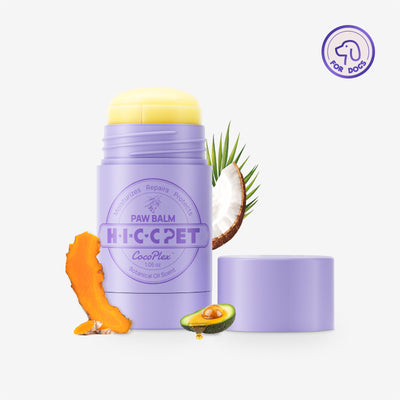
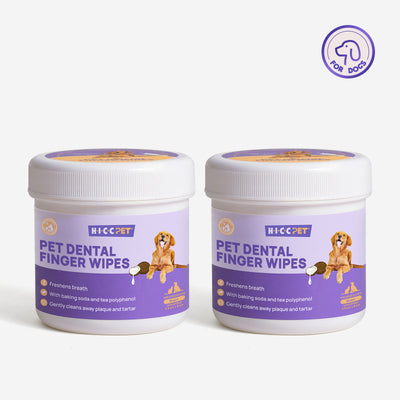
Thanks for your interaction and support.